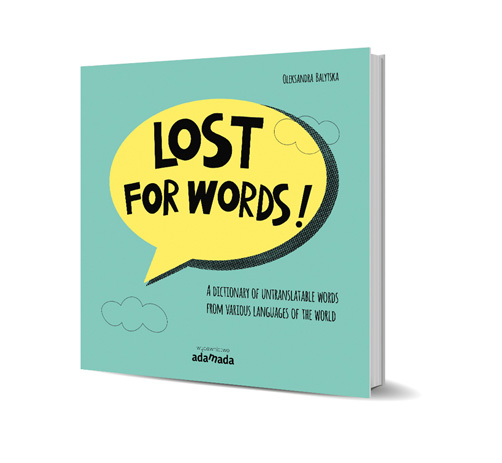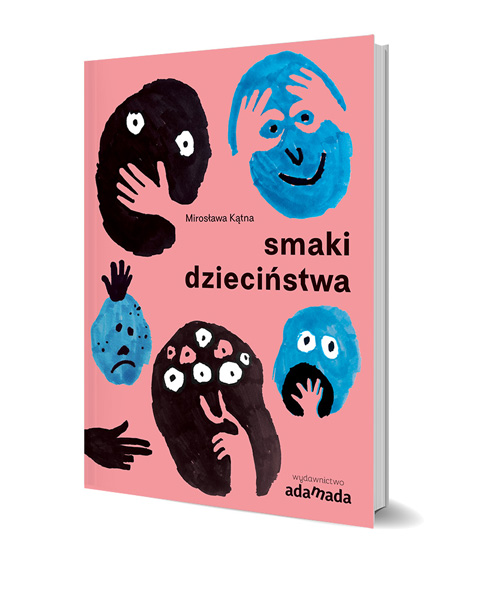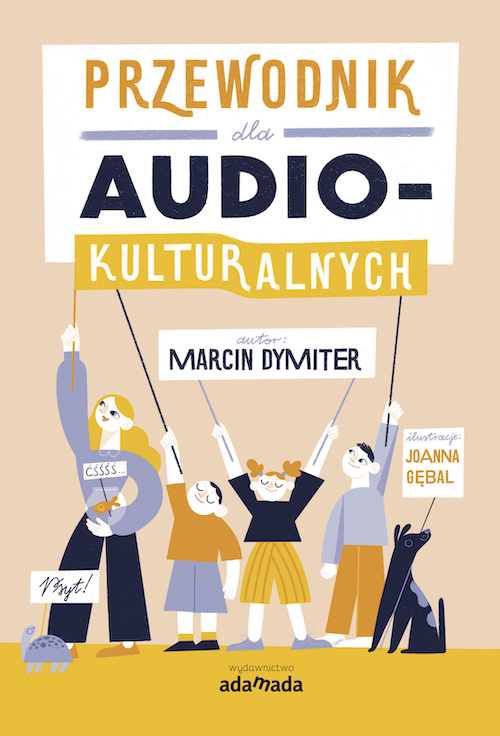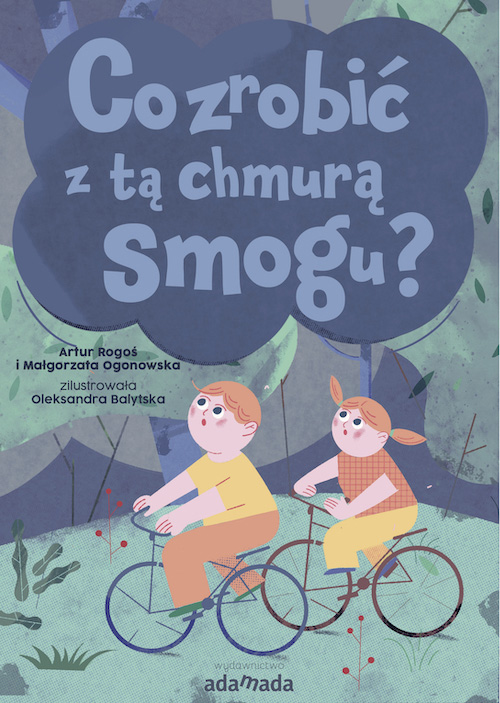
This book ingeniously presents 22 words that render a concept that can not be defined in another language using only one word. This can be a person, phenomenon, feeling, thing or something else, for example: age-otori (Japanese) means “look a lot worse with a new hairstyle” or shemomedjam (Georgian) means “eat despite feeling full, because the food is delicious”. Each word is illustrated with an expressive, witty picture showing the crux of the meaning. The book takes words from different languages, both popular and less familiar: Arabic, Japanese, Georgian, French, Polish, Spanish, Swedish, Inuit, German, Norwegian, Portuguese, Icelandic, Danish and Ukrainian. A great idea, superb execution, lots of fun, but also packed with educational value: learning words and what they mean, developing a curiosity about other nations.

Memories? A house you always wanted to go back to. Schoolmates you didn’t need to impress. A school that opened your eyes and broadened your horizons. No, this isn’t how everyone will remember their childhood and youth. Tastes of childhood serves up a record of real-life, often dramatic stories of young people who’ve been hurt, damaged or made to feel miserable by their peers or adults. This book, written by an experienced psychologist, urges us to reflect on the attitudes we, as adults, adopt towards children and young people. It encourages us to revise our views and avoid harmful, though possibly unconscious, behaviour, reactions and gestures. It offers an opportunity to enter the world of young people, to understand their needs, motivation and emotions.

How are twins made? Why are they sometimes identical and sometimes completely different? How come some people are afraid of them? Is it true that they can read minds? What can we learn from them?
This book answers every questions you can think of about twins. It tells us about their extraordinary life. It seeks them out in books, films, under a microscope, and even in space. It tells us how to tell them apart and how to handle them.
More and more twins are born each year. So now’s the time to get to know them better, before they take over the world for good…

Did Homer Simpson solve Fermat’s Last Theorem? What does romanesco broccoli have to do with the length of the Portuguese border? What’s the recipe for the perfect free kick? #mathematics
is an original, humorous book that describes what excites mathematicians. It is interwoven with colourful stories from the mathematical underworld (from antiquity to the present day).
The complicated world of mathematics is presented in everyday language, but without the conceited pretence that everything is just so straightforward! Reading this book might not be useful for your homework, but it will definitely help you become familiar with the Queen of All Sciences.

This book takes you through the world of sound that surrounds us. Sounds good? We will explain what a soundscape is and how to navigate it. But above all, we will work together to learn how
to become an audio-cultural person.
– What is a soundscape, soundwalk and sound oasis?
– Do we really need so many noisy devices?
– What is acoustic smog and how to fight it?
– Are all the sounds around us nice?
– How to arrange furniture? A quick course for people who like silence.
– Shared sound space – our rights and obligations.
At the moment, smog, i.e. polluted air, is a hot topic. It turns out that this is not the only smog around us. We are also surrounded by acoustic smog, which means low-intensity noise. This is
a major burden on our bodies.

Just like the first volume in the Adamada series on ecology „What To Do with This Mountain of Garbage?”, „What To Do with This Cloud of Smog?” also emphasises agency and our own ability to change the world.
Yet, smog is a highly complex issue because not everything depends on the efforts of ordinary people. Certain actions can only be taken by governments and industry. That is why it is important to indicate what – despite all the obstacles – individuals can do, especially the smallest among us, i.e. children.